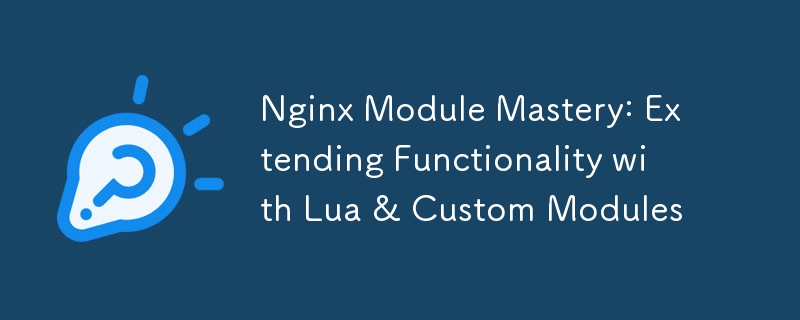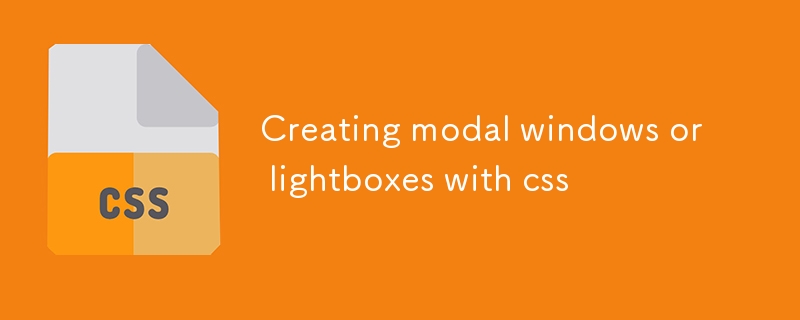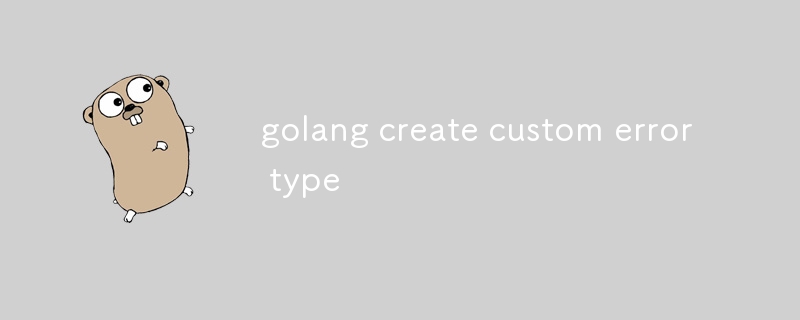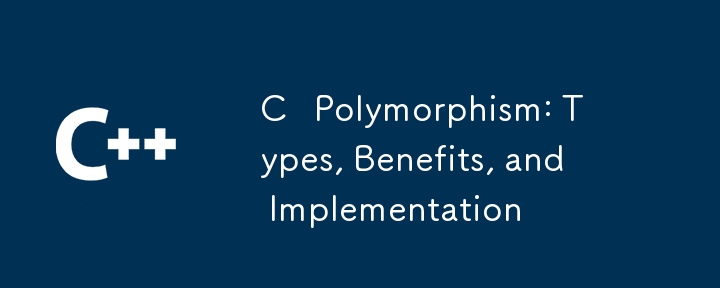Found a total of 10000 related content

Nginx Module Mastery: Extending Functionality with Lua & Custom Modules
Article Introduction:Nginx's functionality can be extended through Lua scripts and custom modules. 1) Use the ngx_http_lua_module module to execute Lua code in Nginx to implement dynamic configuration and complex request processing. 2) Develop custom modules using C language, directly interact with Nginx core, and implement underlying function extensions, such as adding HTTP headers.
2025-03-31
comment 0
720

How to customize the list style of Bootstrap?
Article Introduction:Bootstrap's list style can be customized through custom CSS classes. The basic classes include: unordered list (<ul>), ordered list (<ol>) and inline list (<ul class="list-inline">). By adding custom classes, you can modify the list style, such as removing marks, adding colors, icons, and spacing. Advanced tips include using the :nth-child() selector to implement interlaced color discoloration, and using Sass or Less preprocessors to simplify the code. When customizing, maintain style consistency and avoid over-customization.
2025-04-07
comment 0
728


Creating modal windows or lightboxes with css
Article Introduction:Modal windows and light boxes can implement basic functions through pure CSS without JavaScript. 1. Use: The target pseudo-class can control the display status based on URL anchor points. The advantage is that there is no script required, but the mask cannot be closed; 2. Use hidden checkbox and label to achieve more flexible interaction, such as clicking mask to close and adding animation transitions; 3. Pay attention to optimization details such as compatibility, accessibility (such as adding aria-label), and preventing background scrolling (using overflow:hidden). The two methods have their own applicable scenarios, suitable for static pages or lightweight projects.
2025-07-12
comment 0
1005

Extending HTML by Creating Custom Tags
Article Introduction:In this tutorial, I will show you how easy it is to extend the HTML language with custom tags. The custom tags can be used to implement various behaviors, so they are a very convenient way to write less code and keep your HTML documents simpler.To go
2025-03-02
comment 0
674

How to fully customize your WordPress RSS feed
Article Introduction:Do you want to add content to your WordPressRSS feed? WordPressRSS feed displays the content of your recent posts. However, by default, there is no option to customize the content for RSS source users. In this article, we will show you how to easily add content and operate your WordPressRSS feed completely. Here is a quick overview of what we will cover in this article: Adding custom content to WordPressRSS feed (Easy way) Adding content to WordPressRSS feed with code to custom fields
2025-04-20
comment 0
551


wordpress Buy Now Button Checkout
Article Introduction:WordPress’s Buy Now button needs to be implemented with plugins or code, and is essentially a workaround. First, you need to know WordPress themes, plugins, and basic PHP/HTML knowledge. Using the WooCommerce plugin directly may require custom code or specific plugins. A safer way is to write custom functions using the WooCommerce API. Advanced features also include custom button styles, adding load animations, and data verification. Pay attention to conflict, security, and compatibility issues, debug and make good use of WordPress debugging tools in a test environment.
2025-04-20
comment 0
587

golang create custom error type
Article Introduction:Methods to define custom error types include: 1. Create a structure and implement the Error() method; 2. Extend the structure field to carry more information such as error codes and operation names; 3. Use fmt.Errorf and %w to wrap the original error to preserve the stack information. In Go language, you can create a basic custom error type by defining structure types such as MyError or AppError and implementing the Error() string method. You can also expand error information by adding fields such as Code and Op; for advanced usage, you can use fmt.Errorf to combine with %w to wrap the original error into a new error, and use errors.Unwrap or errors.As to extract the original error;
2025-07-06
comment 0
286

How to flush rewrite rules programmatically
Article Introduction:In WordPress, when adding a custom article type or modifying the fixed link structure, you need to manually refresh the rewrite rules. At this time, you can call the flush_rewrite_rules() function through the code to implement it. 1. This function can be added to the theme or plug-in activation hook to automatically refresh; 2. Execute only once when necessary, such as adding CPT, taxonomy or modifying the link structure; 3. Avoid frequent calls to avoid affecting performance; 4. In a multi-site environment, refresh each site separately as appropriate; 5. Some hosting environments may restrict the storage of rules. In addition, clicking Save to access the "Settings>Pinned Links" page can also trigger refresh, suitable for non-automated scenarios.
2025-06-27
comment 0
450

How to scroll to a specific element on the page with JavaScript?
Article Introduction:There are two main ways to use JavaScript to implement page scrolling to a specified location. 1. Use the scrollIntoView method to directly call the scrollIntoView() of the target element, which can set smooth scrolling and alignment; 2. Use window.scrollTo with getBoundingClientRect() to dynamically calculate the position, which is suitable for adding custom logic such as offsets; in addition, you need to pay attention to compatibility, element loading order and event trigger optimization problems.
2025-07-17
comment 0
638

C Polymorphism: Types, Benefits, and Implementation
Article Introduction:C polymorphism is divided into compile-time and run-time, which are implemented through function overloading, templates and virtual functions. Polymorphism makes the code more flexible and scalable, such as adding new shape types to a drawing program. To implement commonly used virtual functions of polymorphism, you need to pay attention to using virtual destructors and override keywords.
2025-06-26
comment 0
630

How to create a custom exception in C#?
Article Introduction:The core of creating custom exceptions in C# is to inherit the Exception class or its subclasses to improve the accuracy of error messages and code maintainability. 1. Custom exceptions can more specifically express error scenarios in business logic, such as InvalidLoginException clearly indicates login problems; 2. Its benefits include improving code readability, better distinguishing error types, and conveniently handling specific exceptions in a unified manner; 3. When creating, you need to inherit the Exception class and implement at least three constructors without parameters, with message parameters, with message and internal exceptions; 4. If serialization support is required, you can implement the ISerializable interface; 5. Throw it when a specific error condition is detected, such as using thrown when verification fails.
2025-07-20
comment 0
930

Pragmatic Uses of Monkey Patching in JavaScript
Article Introduction:Core points
Monkey patch (MP) in JavaScript is a technology that allows programmers to override, extend, or suppress the default behavior of code segments without changing their original source code.
While MP is often considered a bad practice, it can be used as a useful tool for modifying third-party code to suit specific needs, especially if the original source code cannot be changed.
MP can be used to overwrite existing functions with custom behavior, enhance methods by adding custom behavior before or after the original code, or intercept Ajax calls to modify their behavior.
MP should be used with caution, as it can lead to unpredictable behavior and conflicts in the code, especially if patched methods are used elsewhere in the code base.
Despite the potential
2025-02-17
comment 0
589

How to use the go:generate command in golang
Article Introduction:go:generate triggers code generation commands by adding specific comments to the source code, supporting a variety of tools and scripts. 1. Use stringer to generate String() method for enumeration types; 2. Use protoc to generate Go code corresponding to protobuf; 3. Execute shell commands or custom scripts; precautions include ensuring that the dependency tool is installed, you can specify multiple commands with multiple lines of comments, you can specify running on specific files, and pay attention to cross-platform compatibility issues.
2025-07-15
comment 0
581

How can you use a database to store PHP session data?
Article Introduction:Using databases to store PHP session data can improve performance and scalability. 1) Configure MySQL to store session data: Set up the session processor in php.ini or PHP code. 2) Implement custom session processor: define open, close, read, write and other functions to interact with the database. 3) Optimization and best practices: Use indexing, caching, data compression and distributed storage to improve performance.
2025-04-27
comment 0
860

UI Code Challenge #1 - Heartbeats
Article Introduction:SitePoint initiated a four-week UI code challenge. The first challenge was "Heartbeat", requiring participants to create a UI animation similar to movies, TVs and game center jumps. Entries must be submitted in CodePen form and can be used with any web technology.
The selection criteria include code simplicity, effectiveness, authenticity of the appearance and feel of the UI, and the cleverness and creativity of the solution. First prize won $100 Amazon gift card, runner-up won 2 premium memberships and SitePoint T-shirts.
Challenge offers FAQs covering custom heartbeat animations, applying to other shapes, adding to the website, troubleshooting, enhancing realism, changing colors, adding sounds, and using commercial projects.
2025-02-10
comment 0
721

How to write a custom linter for Go code?
Article Introduction:To write a custom Go code linter, the key is to use Go toolchain and AST analysis to implement code specification checks. 1. Determine the inspection target, such as prohibiting specific function calls, field tag checking, naming methods or repeated string constants, and analyze the corresponding AST nodes based on this; 2. Use go/analysis to build a framework, define the Analyzer structure, and traverse the AST nodes in the run function, and use inspect.Inspect and pass.Reportf to implement detection and reporting; 3. Write tests and local debugging, perform assertion verification through the testdata directory and analysistest package, and compile it into a command line tool for debugging and integration; 4.
2025-07-17
comment 0
518

How to measure thread performance in C?
Article Introduction:Measuring thread performance in C can use the timing tools, performance analysis tools, and custom timers in the standard library. 1. Use the library to measure execution time. 2. Use gprof for performance analysis. The steps include adding the -pg option during compilation, running the program to generate a gmon.out file, and generating a performance report. 3. Use Valgrind's Callgrind module to perform more detailed analysis. The steps include running the program to generate the callgrind.out file and viewing the results using kcachegrind. 4. Custom timers can flexibly measure the execution time of a specific code segment. These methods help to fully understand thread performance and optimize code.
2025-04-28
comment 0
507

What knowledge do you need to know to modify XML content
Article Introduction:XML modification involves modifying its tree structure based on tags and attributes. Use tools such as ElementTree to implement operations, including adding, deleting, modifying, and finding nodes. When optimizing performance, you should avoid frequent searches and modifications, use XPath to locate nodes, organize structure reasonably, and pay attention to coding issues. After modification, use the XML verification tool to verify and develop good code habits to ensure accuracy and maintainability.
2025-04-02
comment 0
970



















